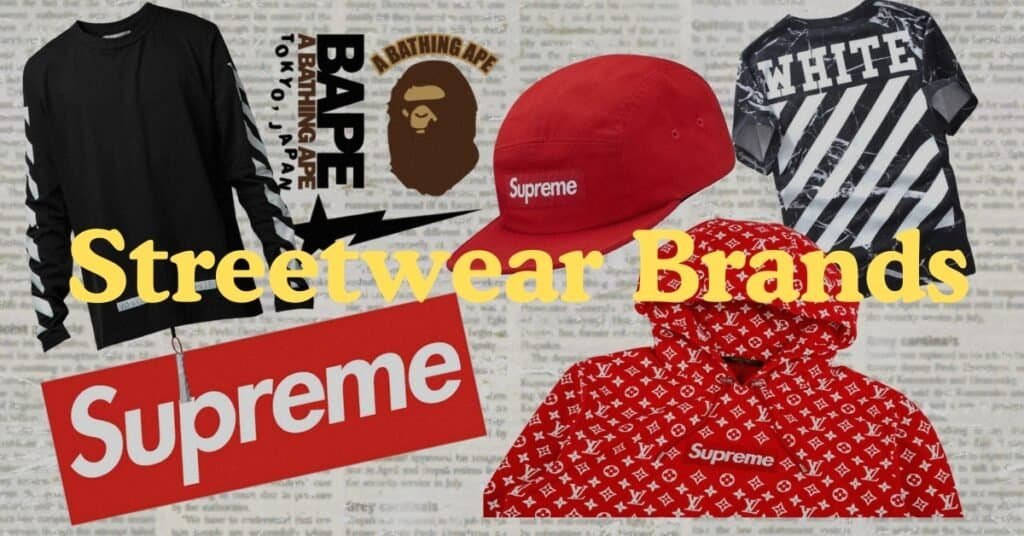
How Streetwear Became a Global Lifestyle Phenomenon
It was a humid evening in Dhaka, and I was walking through the bustling streets of Dhanmondi. The air was thick with the aroma of street food, and the sidewalks were alive with chatter. As I turned a corner, I noticed a group of teenagers hanging out near a café. Their outfits immediately caught my attention—oversized hoodies, sneakers that looked like collector’s items, and caps with bold Bangla typography. One of them wore a graphic tee that read “Shadhin” (Free), while another had a jacket with intricate patterns inspired by rickshaw art.
It struck me how effortlessly they blended global streetwear trends with local culture. This wasn’t just fashion—it was a lifestyle. It was a way of expressing who they were, where they came from, and what they stood for. And as I stood there, I realized that this scene wasn’t unique to Dhaka. From the streets of Tokyo to the boroughs of New York, streetwear has become a global phenomenon, transcending borders, cultures, and generations.
But how did streetwear, which started as a niche subculture, evolve into a global lifestyle embraced by millions? Let’s dive into the fascinating journey of streetwear and explore how it became a cultural force that connects people across the world.
1. The Humble Beginnings of Streetwear
Streetwear’s roots can be traced back to the late 1970s and early 1980s, when it emerged as a form of self-expression for urban youth. It was born out of rebellion, creativity, and a desire to break away from the norms of mainstream fashion.
The Surf and Skate Connection
Streetwear began in Southern California, where surf culture played a pivotal role in shaping its early identity. Brands like Stüssy started by selling custom surfboards before moving into apparel, creating a laid-back, DIY aesthetic that resonated with the youth. Around the same time, skateboarding culture in the United States contributed to the rise of streetwear, with brands like Vans becoming synonymous with the movement.
The Hip-Hop Influence
In the South Bronx, New York, hip-hop culture was taking shape, and fashion became an integral part of its identity. Artists like Run-D.M.C. popularized brands like Adidas, turning sneakers and tracksuits into cultural symbols. This fusion of music, art, and fashion laid the foundation for what streetwear would become.
2. The Evolution of Streetwear: From Subculture to Mainstream
As streetwear grew in popularity, it began to evolve, incorporating elements from various subcultures and reaching a wider audience.
The 1990s: The Golden Era
The 1990s marked a turning point for streetwear, with the rise of iconic brands like Supreme, A Bathing Ape (BAPE), and FUBU. These brands introduced bold graphics, limited-edition drops, and collaborations with artists and musicians, creating a sense of exclusivity and hype. Supreme, in particular, revolutionized the industry with its “drop” model, where new collections were released in limited quantities, driving demand and creating a cult-like following.
The 2000s: High Fashion Meets Streetwear
In the early 2000s, streetwear began to blur the lines between street culture and high fashion. Collaborations like Louis Vuitton x Supreme brought streetwear to the luxury market, making it a staple on runways and in high-end boutiques. This period also saw the rise of digital platforms like Hypebeast, which amplified streetwear’s reach and influence.
The 2010s: The Digital Age
The 2010s were defined by the rise of social media and the growth of the resale market. Platforms like Instagram and StockX allowed streetwear enthusiasts to connect, share their styles, and buy and sell limited-edition pieces. Designers like Virgil Abloh, founder of Off-White, brought streetwear aesthetics into the high fashion world, further cementing its status as a global phenomenon.
3. Streetwear as a Global Lifestyle
Today, streetwear is more than just a fashion trend—it’s a lifestyle that transcends borders and cultures. Its influence can be seen in everything from music and art to social movements and digital innovation.
A Platform for Self-Expression
At its core, streetwear is about individuality. It allows people to express their identity, beliefs, and passions through what they wear. A graphic tee with a bold slogan, a pair of custom sneakers, or a hoodie featuring local art can say more about a person than words ever could.
A Bridge Between Cultures
One of the most powerful aspects of streetwear is its ability to connect cultures. In Bangladesh, for example, local brands are blending global streetwear aesthetics with Bengali cultural elements, creating designs that resonate with both local and international audiences. A hoodie featuring motifs inspired by rickshaw art or a graphic tee with Bangla typography is not just a fashion statement—it’s a celebration of heritage and a bridge between the local and the global.
A Community-Driven Movement
Streetwear thrives on community. Unlike traditional fashion, which often dictates trends from the top down, streetwear is driven by the people. Pop-up events, online forums, and social media platforms have created spaces where enthusiasts can connect, share ideas, and shape the future of the movement.
4. The Role of Technology and Social Media
The rise of social media has been instrumental in turning streetwear into a global phenomenon. Platforms like Instagram, TikTok, and YouTube have allowed brands to reach a global audience, while also giving enthusiasts a platform to showcase their styles and connect with others.
The Power of Influencers
Influencers play a crucial role in the streetwear ecosystem, using their platforms to promote brands, share trends, and inspire their followers. In Bangladesh, local influencers are helping to popularize streetwear by showcasing how global trends can be adapted to reflect Bengali culture.
The Resale Market
The digital age has also given rise to the resale market, where limited-edition streetwear pieces are bought and sold at premium prices. Platforms like StockX and Grailed have turned streetwear into a lucrative industry, with some items reselling for thousands of dollars.
5. The Future of Streetwear
As streetwear continues to evolve, its future looks incredibly promising. With a focus on sustainability, inclusivity, and digital innovation, the movement is poised to reach new heights.
Sustainability and Ethical Practices
In response to growing concerns about the environmental impact of fashion, many streetwear brands are adopting sustainable practices. From using eco-friendly materials to promoting ethical production methods, the future of streetwear is green.
Digital Fashion
The rise of digital fashion and augmented reality is opening new avenues for self-expression. Virtual streetwear collections and digital fashion shows are becoming increasingly popular, allowing enthusiasts to “wear” their favorite designs in online spaces.
Final Thoughts
Streetwear’s journey from a niche subculture to a global lifestyle phenomenon is a testament to its power to connect people, celebrate individuality, and reflect the values of a new generation. Whether it’s a graphic tee with bold Bangla typography or a pair of sneakers inspired by skate culture, streetwear is more than just clothing—it’s a movement that transcends borders and brings people together.
So, the next time you put on your favorite hoodie or lace up your sneakers, remember that you’re not just wearing clothes—you’re part of a global community that celebrates creativity, culture, and connection.
Ready to join the movement? Check out InkspiredBD’s collection of graphic tees, hoodies, and accessories, inspired by Bengali culture and global streetwear trends. Find your statement piece today!
